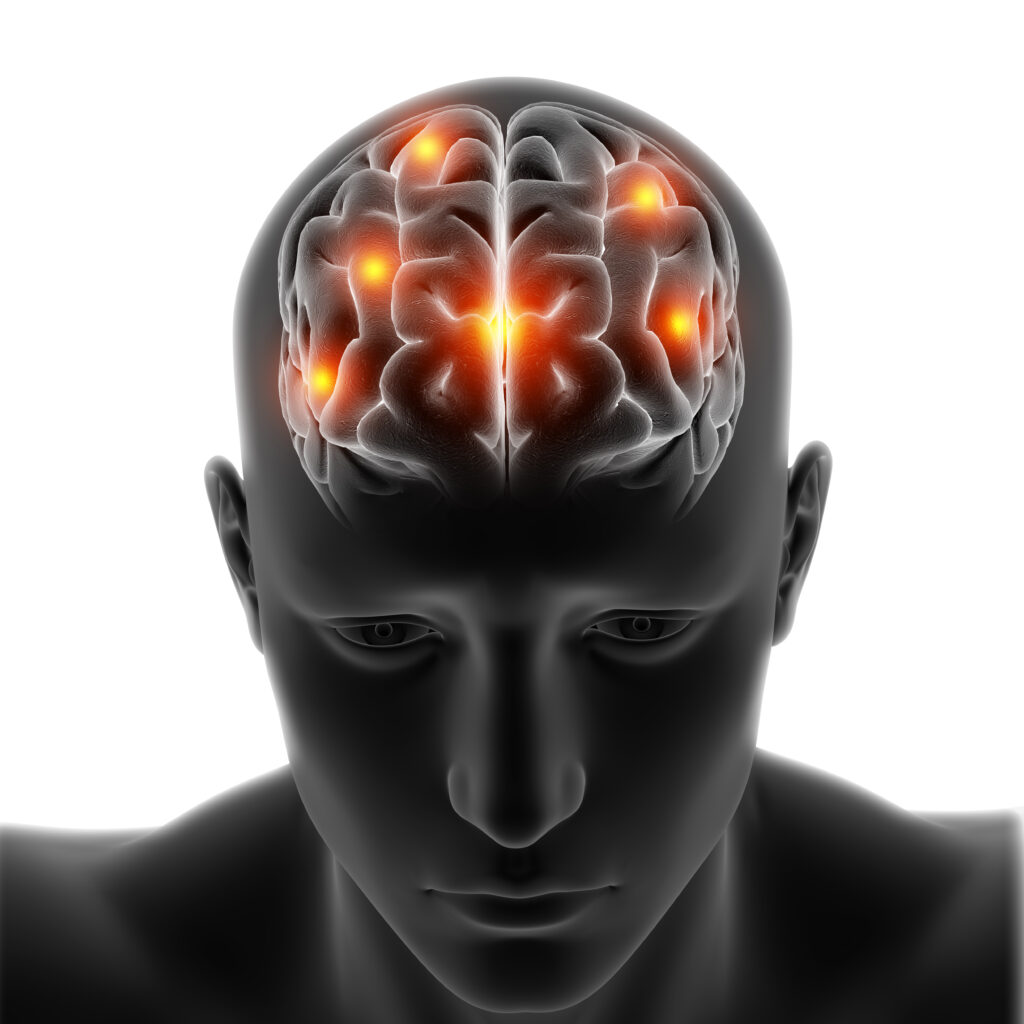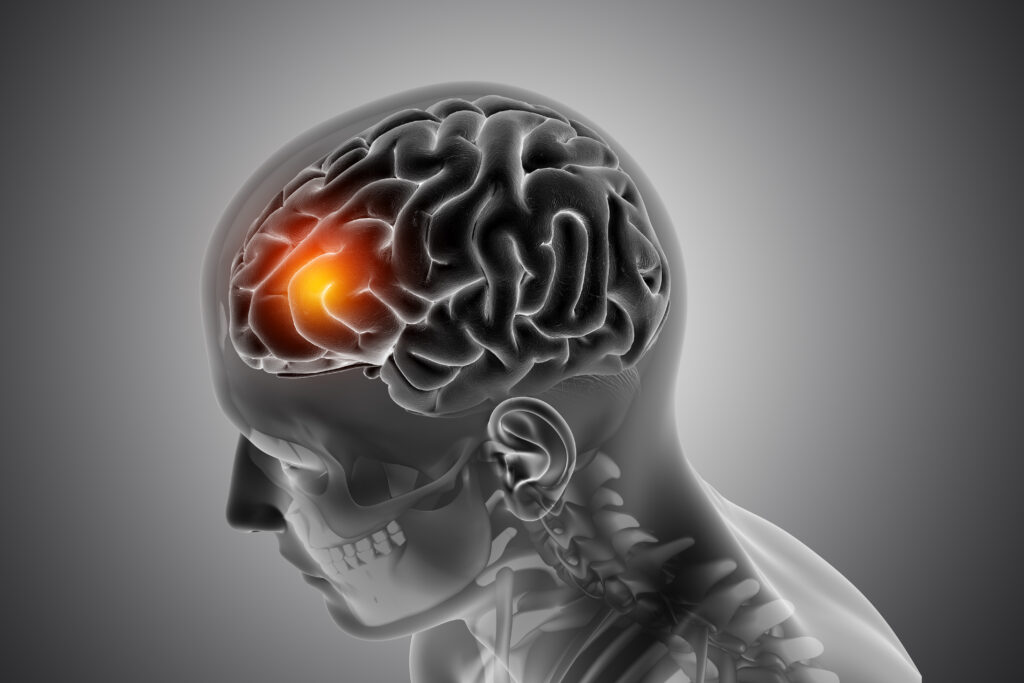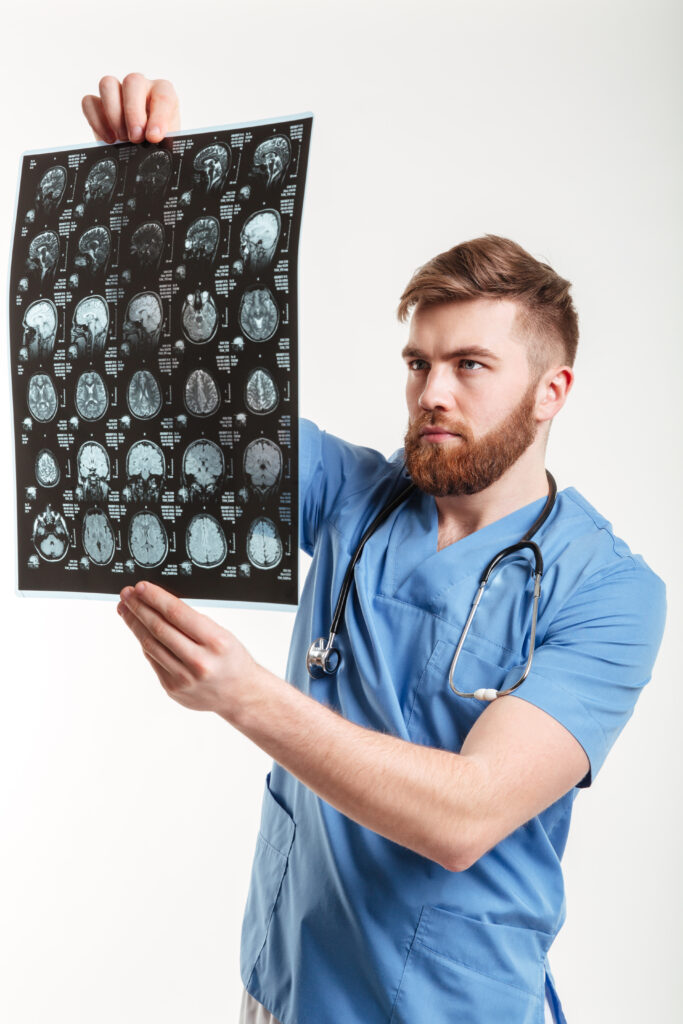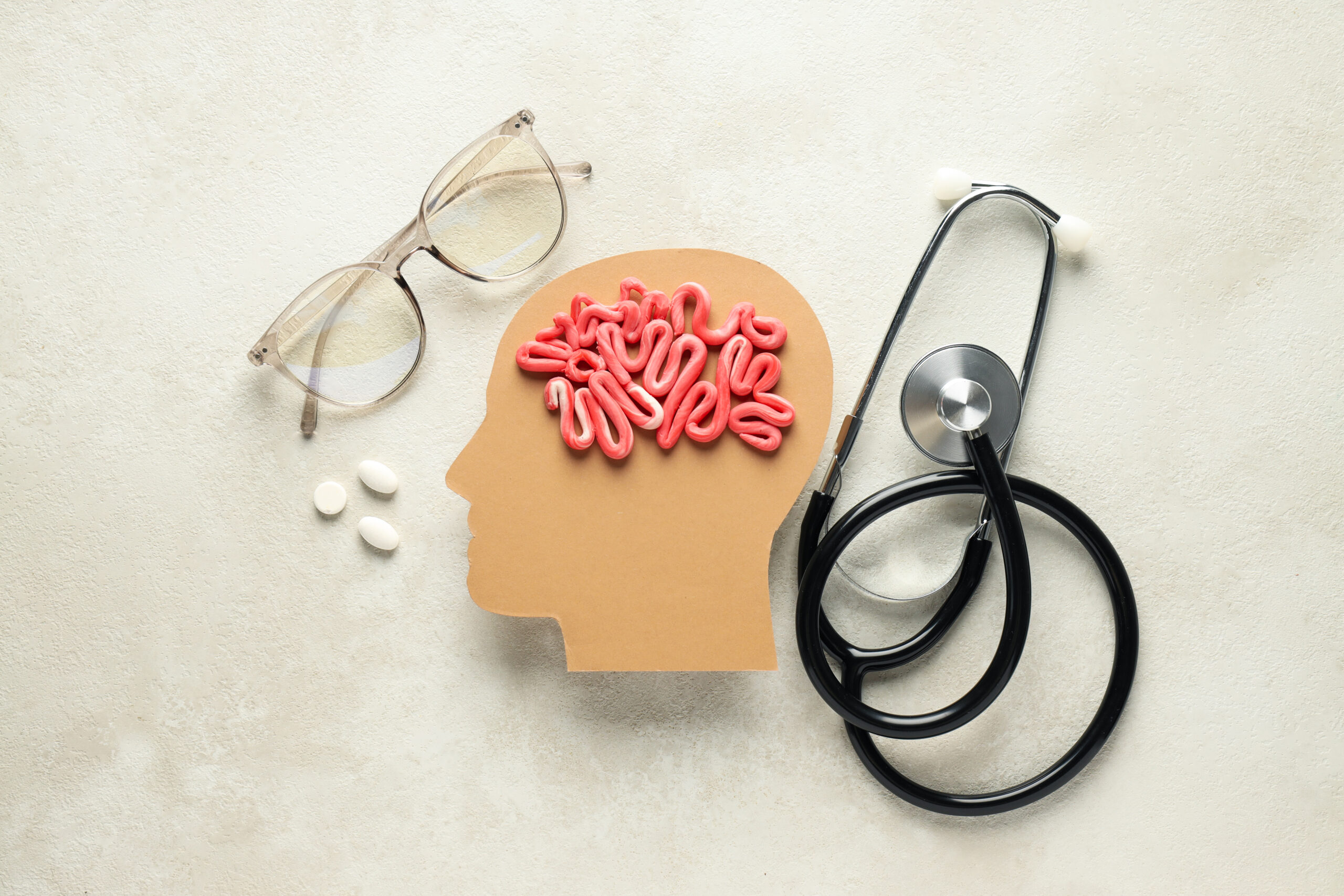Table of Contents
Introduction
Due to its modest symptoms, cerebral infarction, sometimes known as a silent stroke, is a form of stroke that frequently goes undiagnosed. Cerebral infarction happens when there is an abrupt decrease in blood flow to a particular region of the brain, which causes tissue damage and cell death. This is different from an overt stroke, which manifests as rapid and obvious symptoms. Despite being silent in its presentation, as the name would imply, it can have major long-term effects. In this article, we’ll look at the cerebral infarction’s causes, symptoms, diagnosis, possible treatments, mitigation strategies, and healing process.

Understanding Cerebral Infarction
- What is Cerebral Infarction
A blockage in the arteries that feed blood to the brain is what causes cerebral infarction, a type of ischemic stroke. A thrombus or an embolus can form when an artery narrows or is blocked as a result of disorders like atherosclerosis (the accumulation of fatty deposits in the blood vessels). This clot may prevent blood from reaching specific parts of the brain, which could result in cerebral infarction. Damage and cell death are brought on by the damaged brain tissue’s lack of oxygen and vital nutrients.
- Causes of Cerebral Infarction
The development of cerebral-infarction can be influenced by a number of variables. The main reason is atherosclerosis, in which plaque builds up in the arteries and restricts blood flow. Thrombosis, which describes a blood clot growing directly in a cerebral artery, and embolism, which happens when a blood clot from another region of the body gets to the brain, are additional risks. A abrupt narrowing of the blood arteries known as vasospasm can potentially cause cerebral infarction.
- Risk Factors
A cerebral infarction is more likely to occur if certain risk factors exist. Age-related changes in the arteries’ susceptibility to plaque accumulation are a substantial risk factor. Other major risk factors include smoking, obesity, diabetes, high cholesterol, hypertension (high blood pressure), and a sedentary lifestyle. Being aware of these risk factors and taking action to manage them properly are crucial.
- Symptoms
Cerebral infarction may not immediately show visible symptoms, in contrast to an obvious stroke with quick and severe symptoms. Instead, it may result in subtle alterations that at first may not be observed. Patients may feel temporary limb weakness, changes in mood or behaviour, minor memory issues, difficulties concentrating, or even. The difficulty in identifying these symptoms can delay diagnosis and treatment.
Diagnosing Cerebral Infarction
- Physical Examination and Medical History
A thorough physical examination and study of the patient’s medical history are the first steps in making the diagnosis of cerebral infarction. The medical professional will ask the patient about any stroke-related history, risk factors, and any present symptoms.
- Imaging Tests
Imaging methods are extremely important in the diagnosis of cerebral-infarction. Doctors can discover areas of infarction or any other abnormalities by using comprehensive images of the brain provided by magnetic resonance imaging (MRI) and computed tomography (CT) scans. These imaging studies support the diagnosis by eliminating other possible causes of the symptoms.
- Blood Tests
Blood tests are carried out to evaluate the patient’s general health and spot potential risk factors for cerebral infarction. Blood tests, for instance, may reveal diabetes, clotting issues, or excessive cholesterol levels that may be important to the diagnosis.

Immediate Treatment and Emergency Care
- Ischemic Stroke Treatment
As an ischemic stroke, cerebral infarction must be treated as away to reduce brain damage and increase recovery prospects. Blood clots are typically broken up by thrombolytic therapy, which uses drugs like tissue plasminogen activator (tPA) to promote blood flow.
- Mechanical Thrombectomy
Mechanical thrombectomy might be suggested in specific circumstances. For some individuals, this surgery entails physically removing the blood clot that is the cause of the infarction using specialised instruments.
- Post-Stroke Rehabilitation
Following the acute stage of care, post-stroke rehabilitation is crucial. The goal of rehabilitation programmes is to aid patients in regaining independence and function. Plans for rehabilitation frequently include elements of speech therapy, occupational therapy, and physical therapy.
Preventive Measures
- Lifestyle Changes
Adopting a healthy lifestyle is necessary to prevent cerebral-infarction. Regular exercise lowers the risk of atherosclerosis and helps to enhance cardiovascular health. A healthy diet should be well-balanced, full of fruits, vegetables, and whole grains, with less salt and bad fats. Avoiding smoke and consuming too much alcohol is also essential for preventing cerebral infarction.
- Medications and Therapies
In some circumstances, medical professionals may recommend drugs like antiplatelet medicines (like aspirin) or anticoagulants to treat underlying problems and lower the risk of blood clot formation.
- Managing Underlying Conditions
The risk of cerebral infarction can be considerably reduced by effectively controlling diseases like hypertension, diabetes, and excessive cholesterol. For these illnesses to be adequately monitored and managed, regular check-ups with healthcare professionals are important.
Long-Term Management and Recovery
- Rehabilitation Programs
The process of recovering from a brain-infarction is gradual and frequently entails signing up for extensive rehabilitation programmes. These initiatives seek to raise participants’ overall quality of life, cognitive functioning, and motor skills. They give patients the assistance and direction they need to reclaim their freedom.
- Supportive Care
For individuals recuperating from cerebral-infarction, supportive treatment is essential. Patients and their family can cope with the difficulties of recovery and rehabilitation with the aid of emotional and psychological assistance. In order to deal with the emotional effects of the stroke, joining support groups or obtaining counselling may be helpful.
- Coping with Emotional Challenges
Managing emotional difficulties is a crucial step in the healing process. As they adjust to life following the stroke, patients may experience worry, despair, or dissatisfaction. It’s critical to talk about these emotions and, if necessary, seek professional assistance.

Conclusion
The quiet stroke known as cerebral-infarction may go undetected at first, but it can still have a significant effect. Effective management of cerebral infarction depends on knowing the risk factors, identifying the subtle symptoms, and getting help right away. People can actively lower their risk of cerebral infarction and advance improved brain health by adopting a healthy lifestyle, controlling underlying diseases, and taking part in post-stroke therapy.
FAQs
Q.1 Ischemic strokes and cerebral infarctions are they the same thing?
A. Although cerebral-infarction is a form of ischemic stroke, it is distinct from other forms in the way it manifests and the lack of rapid, severe symptoms.
Q.2 Is it possible to completely prevent cerebral infarction?
A. Although perfect prevention might not be attainable, addressing risk factors and applying preventative actions can greatly lower the likelihood of cerebral infarction.
Q.3 Do cerebral infarction-related long-term consequences exist?
A. Yes, long-term troubles can result in emotional difficulties, mobility problems, and cognitive deficiencies.
Q.4 Can young adults suffer from cerebral infarction?
A. Cerebral infarction can occur in young adults, especially if they have certain risk factors, even though it is more common in older people.
Q.5 Reversibility of cerebral infarction?
A. Although the effects of a cerebral infarction may be irreversible, individuals can significantly improve their function and quality of life with prompt treatment and suitable rehabilitation.

